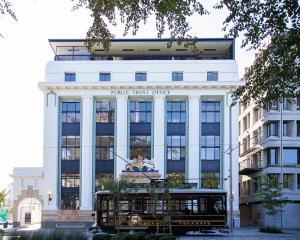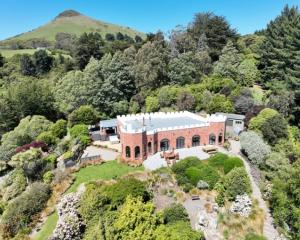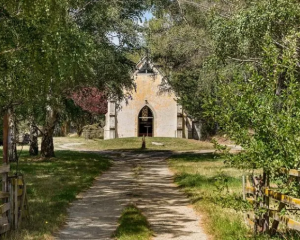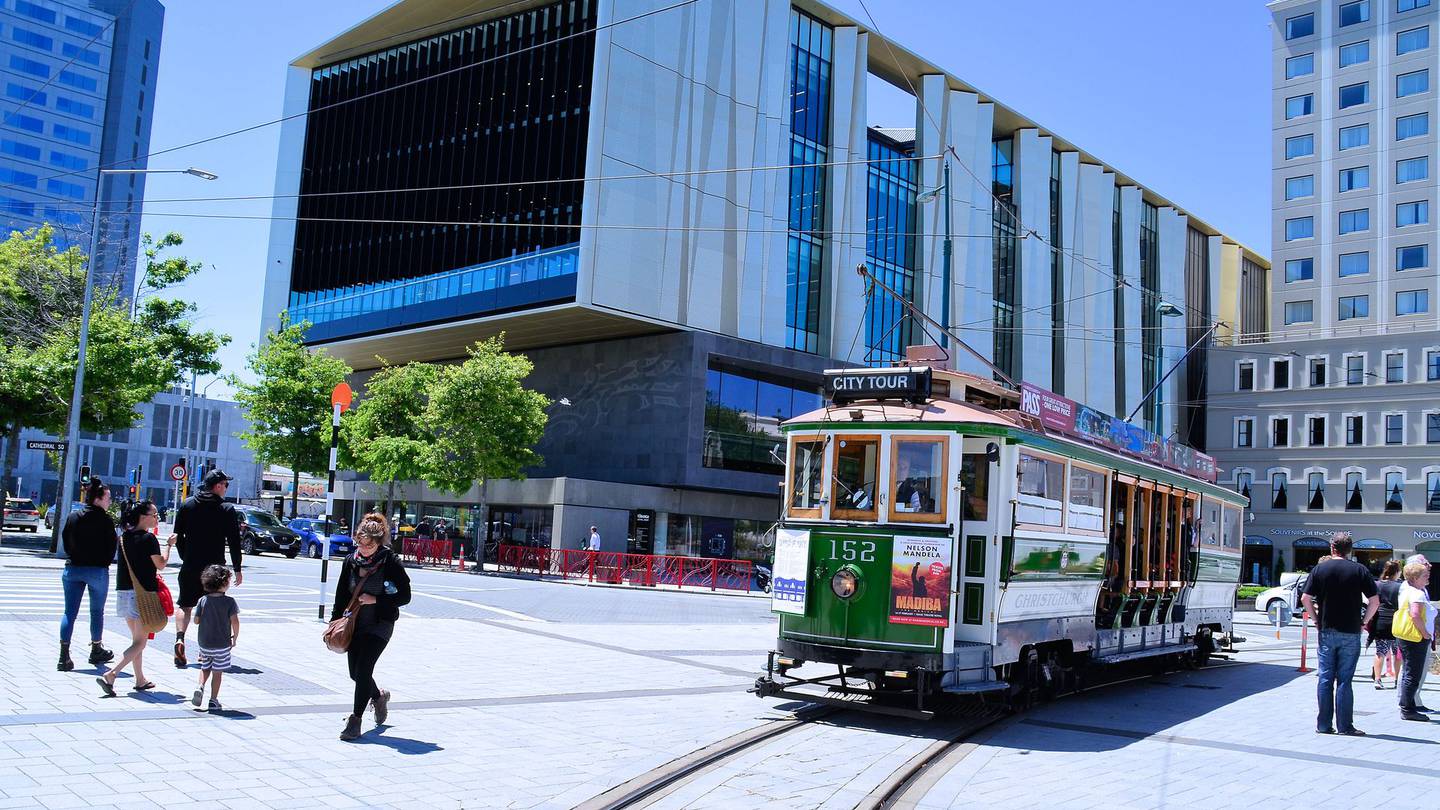
All cities are to some extent intentional but Christchurch, far more than most cities, didn't just happen. It was conceived in England, in the middle of the 19th century, as an Anglican settlement centred on a cathedral, bordered by a park and laid out as a rectangular grid of streets awaiting the buildings that would inevitably occur as prosperity caught up with colonial ambition.
That was the plan, and as far as the shaping of the city went, Christchurch stuck to it until February 22, 2011. Suddenly, it was time for Plan B, or more specifically the Central City Recovery Plan imposed on the post-earthquake city by the Key National Government. While God, the grid and Gothic Revival architecture had been the organising principles of Victorian Christchurch, the authors of the Recovery Plan put their faith in the "anchor projects" and "precincts".

But re-construction has taken place as well, thanks to the civic-mindedness of institutions and individuals. Valuable Christchurch heritage buildings have been saved and restored. Plan B has not erased Plan A, contrary to the understandable fears of heritage campaigners and despite the loss of significant buildings such as the Cathedral of the Blessed Sacrament. A stroller through the CBD streets bounded by the Four Avenues can still gain an appreciation of 150 years of Christchurch architectural history.
There are 60 projects in my book Christchurch Architecture: A Walking Guide. As an introduction to the book, and to the story of Christchurch's architecture, here are six of them.
The Great Hall (1882, Rolleston Ave and Worcester St) is one of the most important buildings by Christchurch's most accomplished 19th century architect, Benjamin Mountfort. Designed in the house style – Gothic Revival – of the Anglican establishment, the basalt and limestone building formed part of Canterbury College. Now it is one of 21 heritage-listed buildings in The Arts Centre Te Matatiki Toi Ara.
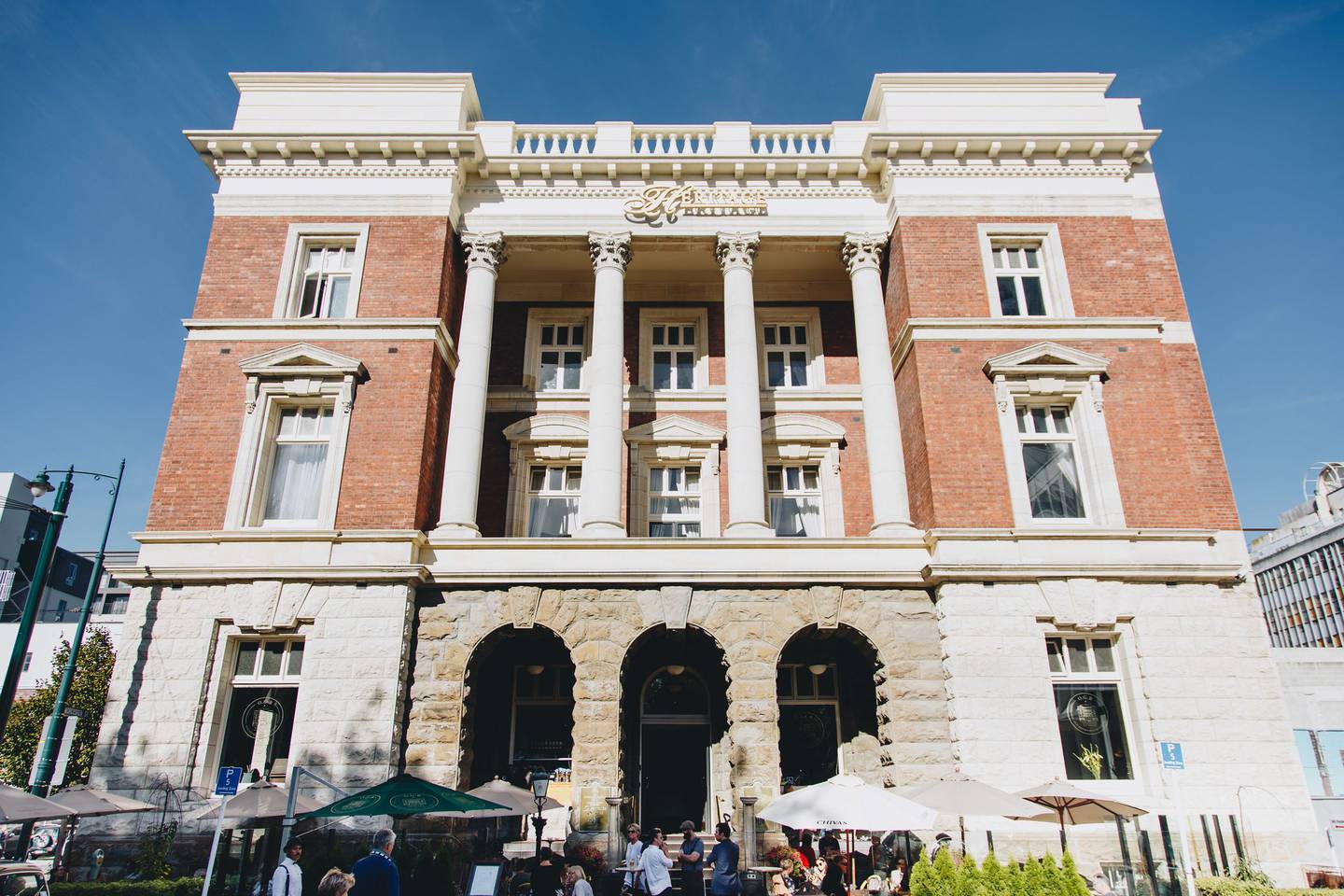
65 Cambridge Terrace (1962, with later additions) was designed by Sir Miles Warren, the pre-eminent Christchurch architect of the second half of the 20th century, in his early Modernist heyday. The building, which served as both a house and the office of Warren and Mahoney, is a very legible little masterpiece of concrete beams and blocks.
Christchurch Art Gallery Te Puna o Waiwhetū, (2003, Worcester Blvd and Montreal St) is the result of an architectural competition won by The Buchan Group. The judges liked the building's wow factor gesture – the glazed west facade which suggested "the curved shapes of the Koru and the serpentine course of the Avon River".
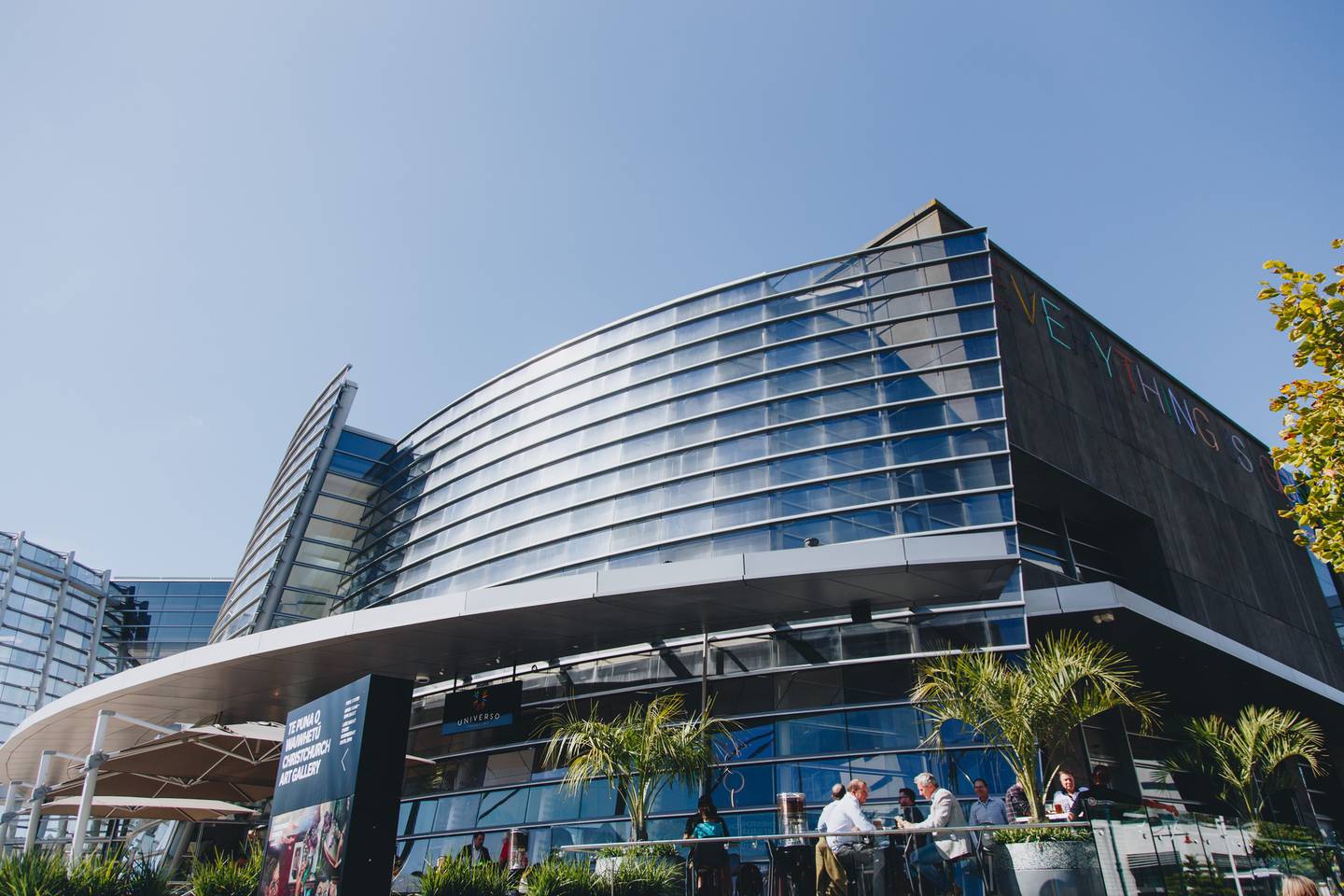
Tūranga (2018, 60 Cathedral Square), the central Christchurch library, is an "anchor" project that puts down a high-quality civic marker on Cathedral Square. The five-storey building, designed by Danish firm Schmidt Hammer Lassen Architects, together with Architectus and the Matapopore Trust, is distinguished by a generous central stairway expressing the concept of whakamanuhiri, the bringing-in of visitors.
Christchurch Architecture: A Walking Guide
John Walsh, with photography by Patrick Reynolds. Massey University Press, 2020
To find out more about what to see and do in Christchurch, go to christchurchnz.com






